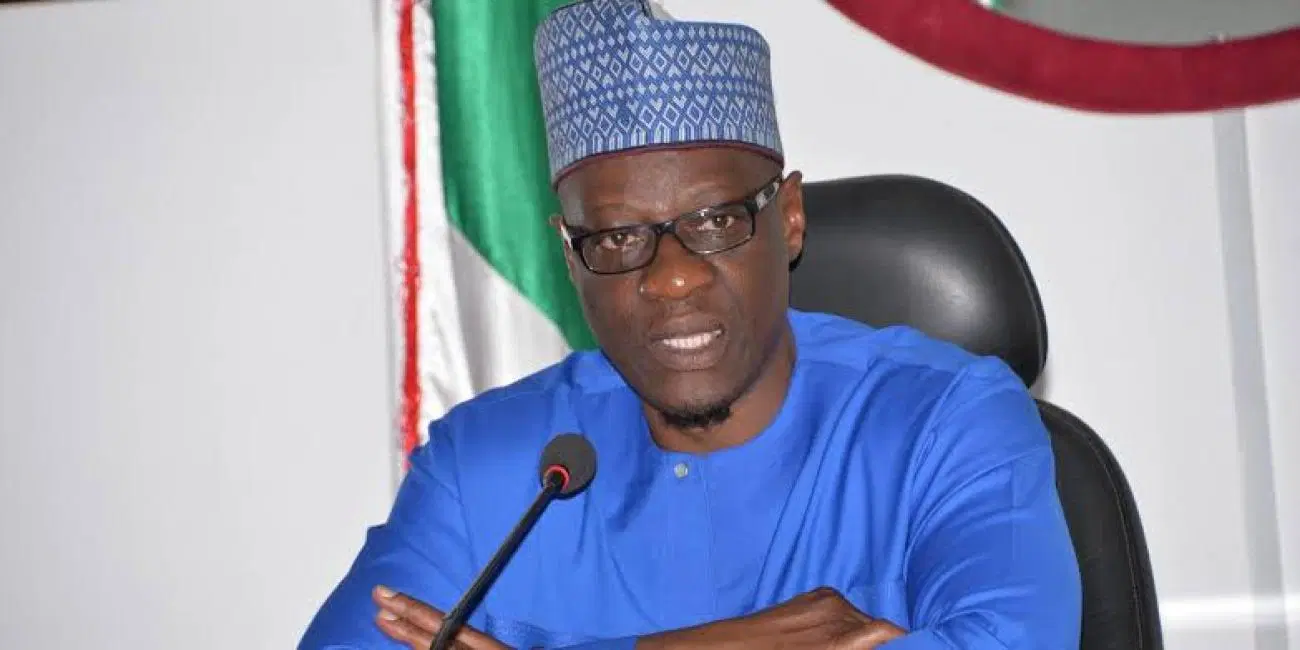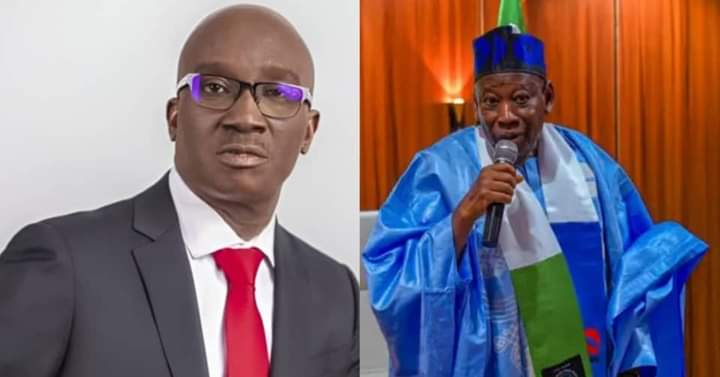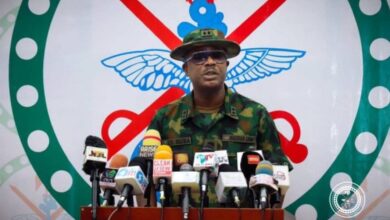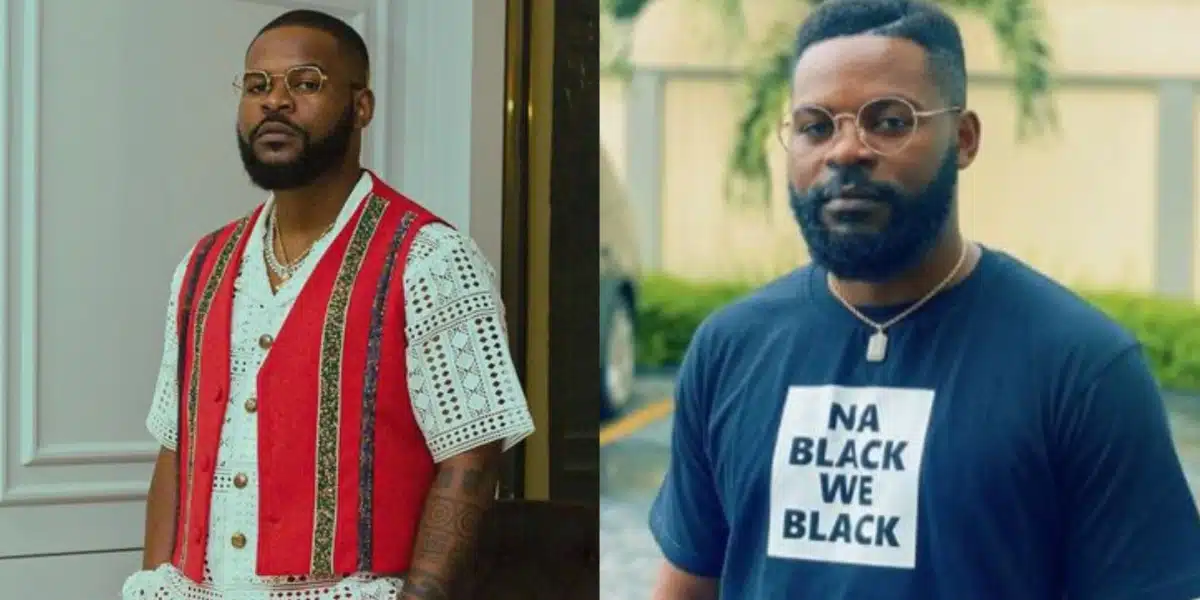Elon Musk CyberCab Project Becoming A Reality

Uche Cecil Izuora
After years of promises from CEO Elon Musk, Tesla last Thursday showed off its progress toward building autonomous products and gave some updates on its future.
Tesla stock sank more than 7 per cent Friday morning after the event failed to impress investors, with analysts largely pointing to a flood of promises from Musk and an event that was light on hard details and heavy on flashy demonstrations.
The main attraction at Tesla’s event was the Cybercab, Musk’s long-awaited robotaxi that he’s been talking about for at least five or so years.
The model was introduced to the crowd at Warner Bros. Discovery’s film studio by Musk’s own mini-product demo, as the driverless car drove the CEO down the studio lot.
Musk told the crowd of analysts, auto company executives, Tesla influencers, and investors that Tesla had 20 Cybercab prototypes ready to be tested that night.
The Cybercab comes with “butterfly wing” doors, no steering wheel or pedals, and closely mirrors the 2022 concept art featured in Walter Isaacson’s recent biography of Musk. But it can only seat two people, according to Tesla’s concept images.
“With autonomy, get your time back. This is a very big deal,” Musk said of his expected benefits of the Cybercab. “It’ll save lives, like a lot of lives, and prevent injuries.”
“I think we’ll see autonomous cars become 10 times safer than a human,” he added, repeating a claim he’s brought up since At least 2018.
Tesla expects the Cybercab to eventually be available for sale to consumers at less than $30,000.
The company has reportedly scrapped or delayed its plans for the Model 2, a planned $25,000 electric car, to focus on the robotaxi. Some analysts had expected Tesla to show off a preview of the Model 2 Thursday, although it received no mention from the company, which may be part of why shares are down.
Musk on Thursday said the Cybercab will enter production “probably” in 2026 or “before 2027,” which isn’t likely to stir confidence in investors skeptical of the CEO’s often-delayed promises. A concept for a refreshed Roadster has been public since 2017 and production was expected to start in 2025, but the project’s status is unclear.
The CEO has previously laid out his vision for a robotaxi network as a “combination of Airbnb and Uber with owners able to opt their cars into the service at their choosing and make money while sleeping.
On Thursday, he seemed to encourage people — especially current drivers for Uber and Lyft who often aren’t very wealthy to buy multiple Cybercabs.
“If they can actually sort of manage a fleet of 10, 20, cars, and just take care of them like a shepherd tends their flock,” Musk said. “I think that would be pretty cool. It’s gonna be a glorious future.”
In the past, Musk has said he is “highly confident” that the revenue generated by the Cybercabs would exceed owner’s monthly car payments, but it’s unclear how that would play out in the real world. Tesla will take part of the revenue earned from the potential service, while the rest will go to owners.
Fitting in with the robot theme, Musk took the chance to show off his Optimus humanoid robots, which have had a murky presence in the public eye. Infamously, Tesla debuted its robot project in 2021 with a person dancing in a costume.
But on Thursday, Optimus robots were introduced walking on stage near Musk, and later performing a range of activities, including handing out gift bags and drinks, and playing rock, paper, scissors, with attendees. The robots also danced, including to a remix of the song “What is love (Baby Don’t Hurt Me).”
“As you can see, we started off with someone in a robot suit, and then we’ve progressed dramatically year after year,” Musk said.
In April, while addressing shareholders at Tesla’s annual meeting, Musk said Optimus would be moved into limited production in 2025. By the end of the year, he predicted more than 1,000 robots would be working at Tesla.
Two robots are already on the factory floor, although Tesla has not said what duties they perform.
On Thursday, he reiterated that he thinks the humanoid robots will be sold for between $20,000 and $30,000 a piece in the “long term,” once production is increased.
In April, he described a hypothetical that could see the product sold at that range add $20 trillion to the company’s market capitalization.
“It’ll be anything you want. So it can be a teacher, walk your dog, mow your lawn, get the groceries, just be your friend, serve drinks, whatever you can think of, it will do,” Musk said. “I think this will be the biggest product ever of any kind.”
Musk had teased investors with the promise of several surprises at the robotaxi launch event. One of those surprises was the Robovan, which Musk advertised as a solution to “high density” transportation.
The futuristic-looking model was rolled out onto the showroom floor with more than a dozen people inside. Musk said it can seat about 20 people and be used as a school bus, an RV, or a cargo-mover.
“The Robovan is what’s gonna solve for high density,” Musk said. “So if you want to take a sports team somewhere or you’re looking to really get the cost of travel down to, I don’t know, five to 10 cents a mile, then you can use the Robovan.”
Tesla did not provide any additional details regarding the Robovan, including an expected cost or when it may enter production. In the company’s third master plan, it listed a Tesla equivalent to commercial and passenger vans as “TBD.”
Autonomy hits California, Texas in 2025
While Musk didn’t discuss incorporating Tesla’s driver assistance software into the Semi truck as expected, he did provide an optimistic timeline to make the Model Y and Model 3 autonomous in at least two states.
“We do expect to start fully autonomous unsupervised [Full Self-Driving mode] in Texas and California next year,” Musk said after a question was hurled from the audience. About 30 Model Y units that can drive autonomously were at the event, in addition to the 20 Cybercab units.
He added that Tesla’s other vehicles — the Model S, Model X, and the Cybertruck — would get access later down the road and that access would be expanded into other regions of the U.S. later on.
Whether or not that will actually play out as Musk intends is unclear, especially considering his lengthy history of promises that later fell flat. Both California and Texas are hotbeds of autonomous vehicle activity, with Texas even planning Tesla rivals such as Google-backed Waymo Amazon-a “smart highway”. backed Zoox and General Motors Cruise operate in both states.
Besides offering plenty of room and flexibility for Tesla’s event, the Warner Bros. studio location has non-public roads, which the company needed to show off its robotaxi. The automaker has yet to apply for a permit to operate its autonomous vehicles on California’s roads, leaving it behind competitors.
Tesla also isn’t very popular with regulators in the state, especially compared with the much friendlier ones in Texas. The company has been accused of false advertising by California’s Department of Motor Vehicles and is being investigated by the state attorney general’s office over its marketing practices related to Autopilot and Full Self-Driving.
“The contrast between Tesla and robotaxi competitors like Waymo is stark,” Tesla critic and The Dawn Project founder Dan O’Dowd said in a statement. “After over 10 years of Full Self-Driving development, Tesla is limited to a 20-30 acre geofenced 5mph 1950s Disneyland ride on a preprogrammed, premapped and heavily rehearsed route with no traffic and no pedestrians





